In 20109, Micheal Padilla and Adalynn Bass Learned About Mulching With Grass Clippings
With garden compost, you are developing abundant humus for your yard and garden. This includes nutrients to your plants and assists keep soil wetness. They don’t call it “black gold” for nothing. Garden compost is the single essential supplement you can offer your garden. Composting can divert as much as 30% of family run out from the trash bin.
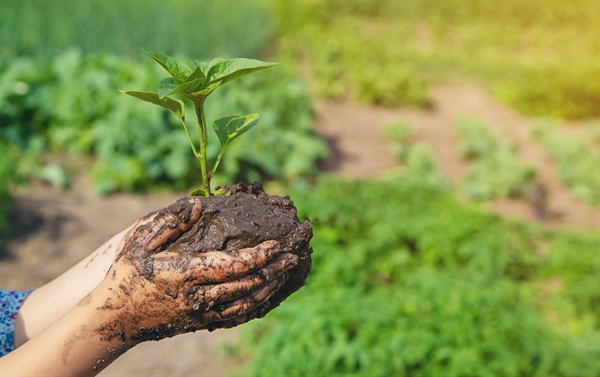
Instead, it develops harmful methane gas as it breaks down, increasing the rate of international warming and climate change. Microscopic organisms in compost assistance aerate the soil, break down organic products for plant use, and fend off plant illness. Composting uses a natural option to chemical fertilizers when applied to yards and garden beds.
One-third of landfill waste is comprised of compostable products. Diverting this waste from the garbage dump suggests that our garbage dumps will last longer (and so will our wild areas). Related: Best Compost Bins and Tumblers Evaluated What you can take into your compost will depend somewhat on what type of composter you have, but some general guidelines do apply.
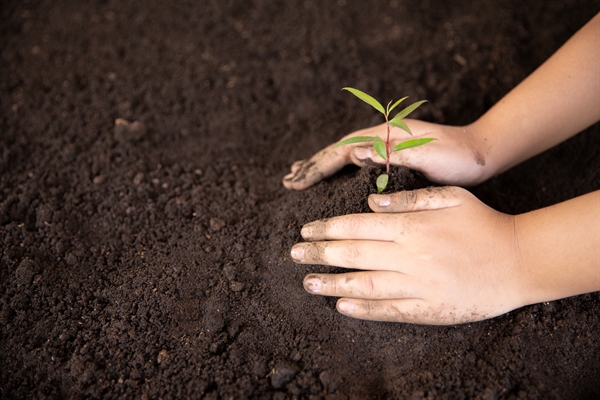
The trick to a healthy garden compost pile is to maintain a working balance between these 2 elements. Carbon Carbon-rich matter (like branches, stems, dried leaves, peels, littles wood, bark dust or sawdust pellets, shredded brown paper bags, corn stalks, coffee filters, coffee grounds, conifer needles, egg shells, straw, peat moss, wood ash) offers compost its light, fluffy body.
Nitrogen Nitrogen or protein-rich matter (manures, food scraps, green yard clippings, cooking area waste, and green leaves) supplies raw products for making enzymes. A healthy garden compost pile need to have far more carbon than nitrogen. A simple guideline of thumb is to use one-third green and two-thirds brown materials. The bulkiness of the brown products allows oxygen to permeate and nourish the organisms that live there.
Great composting hygiene means covering fresh nitrogen-rich product, which can launch smells if exposed to outdoors, with carbon-rich material, which typically exhibits a fresh, fantastic odor. If in doubt, add more carbon! Material Carbon/Nitrogen Details Wood chips/ pellets Carbon High carbon levels; usage sparingly Wood ash Carbon Only utilize ash from tidy materials; spray gently Tea leaves Nitrogen Loose or in bags Table Scraps Nitrogen Add with dry carbon items Straw or hay Carbon Straw is best; hay (with seeds) is less ideal Shrub prunings Carbon Woody prunings are slow to break down Shredded paper Carbon Avoid utilizing shiny paper and colored inks Seaweed and kelp Nitrogen Apply in thin layers; great source for trace minerals Sawdust pellets Carbon High carbon levels; include layers to prevent clumping Pine needles Carbon Acidic; use in moderate amounts Paper Carbon Avoid utilizing shiny paper and colored inks Leaves Carbon Leaves break down quicker when shredded Lawn & garden weeds Nitrogen Only use weeds which have actually not gone to seed Green comfrey leaves Nitrogen Excellent compost ‘activator’ Grass clippings Nitrogen Include thin layers so they don’t mat into clumps Garden plants– Use disease-free plants just Fruit and vegetable scraps Nitrogen Add with dry carbon items Flowers, cuttings Nitrogen Chop up any long woody stems Eggshells Neutral Best when crushed Dryer lint Carbon Best if from natural fibers Corn cobs, stalks Carbon Slow to break down; finest if sliced up Coffee grounds Nitrogen Filters may also be consisted of Chicken manure Nitrogen Exceptional garden compost ‘activator’ Cardboard Carbon Shred material to avoid matting To store kitchen area waste up until you’re all set to move it to your composter, keep a container with a cover and a handle under the sink.
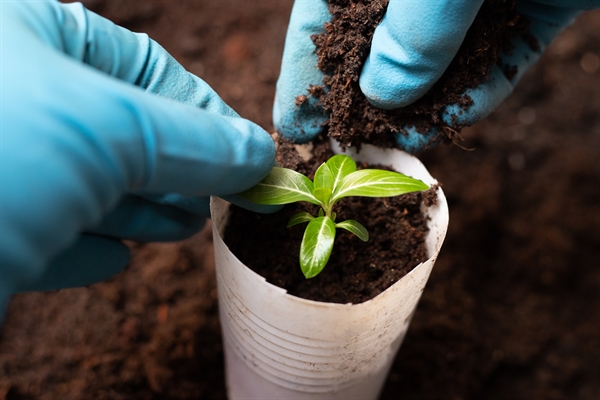
If you don’t mind occasional smells, utilize an old ice-cream pail. Chop up any large portions before you toss them in. With lawn and garden wastes, different composting materials will disintegrate at various rates, however they will all break down eventually If you wish to speed up the composting procedure, slice the larger product into smaller sized pieces.
Avoid putting them on in thick layers– they will mat together and lower aeration, which slows the composting procedure. Adding garden soil to your garden compost will help to mask any smells, and bacteria in the soil will speed up the composting process. If you have too numerous leaves to incorporate into the garden compost bin, you can simply compost the pile of leaves by itself.
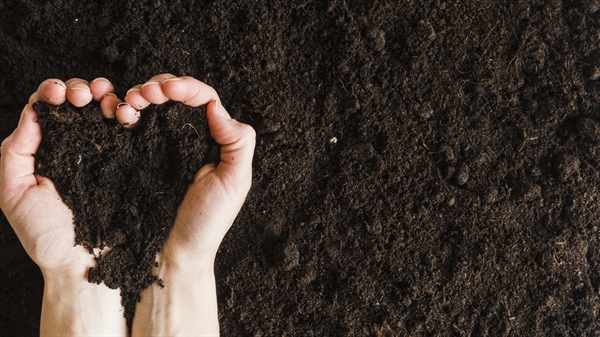
The leaf stack ought to be at least 4 ′ in size and 3 ′ in height. Include a layer of dirt between each foot of leaves. The pile needs to perspire sufficient that when a sample taken from the interior is squeezed by hand, a couple of drops of moisture will appear. The pile should not be loaded too securely.
In 33040, Marley Diaz and Janiah Davenport Learned About How To Collect Grass Clippings After Mowing
Leaf compost is best used as a natural soil modification and conditioner; it is not typically utilized as a fertilizer since it is low in nutrients. For more info, checked out Use Fall Delegates Keep Your Compost Working Through the Winter season Usage leaves to make a healthy “tea” for your plants.
Leave for 3 days, then get rid of the “tea bag” and discard contents into the garden compost. Scoop out the enriched water with a smaller pail and use to water your plants and shrubs. Related: 10 Pro Composting Tips From Expert Gardeners Start your compost heap on bare earth. This allows worms and other helpful organisms to aerate the garden compost and be carried to your garden beds.
This help drainage and assists aerate the pile. Include garden compost products in layers, alternating damp and dry. Damp components are food scraps, tea bags, seaweed, etc. Dry products are straw, leaves, sawdust pellets and wood ashes. If you have wood ashes, spray in thin layers, or they will clump together and be sluggish to break down.
This activates the compost heap and speeds the procedure along. Keep compost damp. Water occasionally, or let rain get the job done. Cover with anything you have– wood, plastic sheeting, carpet scraps. Covering assists retain wetness and heat, two basics for garden compost. Covering likewise prevents the compost from being over-watered by rain.
Turn. Every few weeks give the pile a fast turn with a pitchfork or shovel. This aerates the pile. Oxygen is needed for the process to work, and turning “includes” oxygen. You can avoid this step if you have a prepared supply of coarse material like straw. Once you’ve established your compost pile, include new products by mixing them in, instead of by including them in layers.
If you desire to purchase a composter, instead of build your own garden compost stack, you might think about a purchasing a rotating compost tumbler which makes it simple to mix the compost regularly. Related: How to Utilize Finished Garden compost Choosing what kind of composter will work best for you includes considering 3 main elements: Where you live What you’ll be composting Whether you desire to turn your compost manually or not Where do you live?What will you be composting the most? Composting mostly kitchen scraps Composting cooking area scraps plus some backyard waste Composting lots of lawn waste Urban (no outside space)Worm bin(vermicomposting) Urban (some outdoor area, patio, or terrace)Worm bin or Compost tumbler Garden compost tumbler Suburban (with backyard)Enclosed bin or compost tumbler Enclosed bin or garden compost tumbler Confined or DIY bin Rural (with yard/acreage)Confined bin, or compost tumbler Open compost heap, confined bin, or tumbler Open compost pile or multiple enclosed bins If you’re prepared to turn your compost every 1-2 weeks and you live in a location with access to outdoor area and carbon rich materials, enclosed bins or open compost heap could work for you.
Keep reading to find out more about each of these garden compost systems and other composting tips. Related: Worm Composting Basics for Beginners The greatest task with composting is turning the pile from time to time. However, with ‘no-turn composting’, your compost can be aerated without turning. The trick is to completely mix in adequate coarse product, like straw, when building the stack.
With ‘no-turn’ composting, include brand-new materials to the top of the stack, and harvest fresh garden compost from the bottom of the bin. This can be quickly done in an Aerobin Composter, or a Eco King garden compost bin. Which brings us to … For small outside composting, enclosed bins are the most useful.
Simply drill 1.5-cm aeration holes in rows at approximately 15-cm intervals around the can. Fill the can with a mix of high-carbon and high-nitrogen products (see our table above). Stir the contents occasionally to avoid anaerobic pockets and to speed up the composting procedure. If the cover is secure, the bin can be laid on its side and rolled; a length of 2 ″ cedar (use a 2 × 2 or a 2 × 4) can be bolted to the inside, running top to bottom, to assist turn the material.
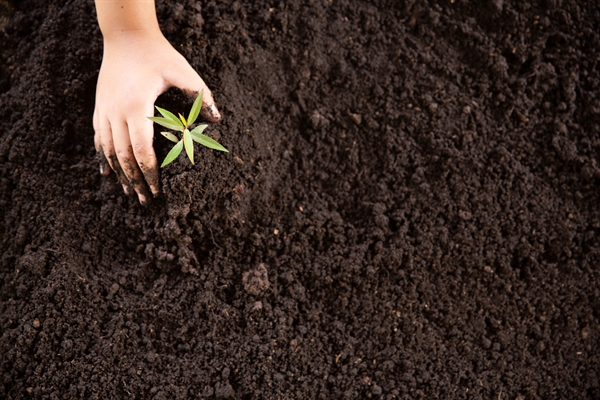

In 60091, Carlee Carney and Jermaine Castillo Learned About Grass Clippings In Garden
Another choice is a compost bin, often called a ‘compost digester’. Garden compost bins are confined on the sides and leading, and open on the bottom so they sit straight on the ground. These prevail composting systems for houses in suburbs where bins tend to be smaller, yet enclosed enough to prevent bugs.
These bins are thin-walled plastic, and might chip along the edges, specifically during a freeze. These counter top ‘composters’ grind and dehydrate food waste instead of disintegrating it. The process takes as low as 3 hours, leaving you with an odor-free product suitable for garden fertilizer. When ended up, bury the resulting material below the soil surface area, where the decay process begins– to the advantage of your plants.
It’s possible to keep relatively high temperature levels in drum/tumbler systems, both due to the fact that the container serves as insulation and due to the fact that the turning keeps the microorganisms oxygenated and active. Some designs offer an interior “paddle” or “aeration spikes” which help bring air into the garden compost and avoid clumping of the composting products.
This considerably speeds up the composting procedure. An enclosed ‘tumbler’ system use the following advantages: Accelerate the composting procedure Composts year-round due to greater internal temperature Can’t be accessed by rodents, raccoons, dogs, or other critters Keeps garden compost neatly confined and odor-free; well-suited for suburbs and large home terraces or patios To read more, see Compost Tumblers: Comparing different compost tumbler models See our store for more information or to purchase a compost tumbler.
To fix this problem, you’ll need to restore your garden compost to a healthy nitrogen-carbon balance. To learn how restore your compost stack, read our article How to Fix a Soggy Compost Pile. This is a common problem with products thrown into the composter. The wet products stick together and slow the aeration process.
Turf clippings and leaves must be combined with rest of the composting materials for finest outcomes. If there’s a population of raccoons in your area, they will be naturally brought in to your compost heap. The very best solution to this problem is to bar their entry to the compost. (Traps and poisons are more difficulty than they deserve.) A wood or metal cover can be quickly hinged to the bin explained above on this page, or you can buy a commercially-made compost bin with secure fitted lids which are pest-proof, such as the Aerobin or Jora JK 270.
You can put your bin on a plot of earth that you prepare to utilize for a future vegetable or flower bed, or fruit tree. Each year, you can move the bin to a different area; you’ll get a double advantage– the garden compost from the bin, and a bed of nutrient-rich soil all set for new plantings.
Companion Plants ResourceFor instance, ensure to get straw, and not hay, given that straw is mainly weed-free. Ask the sales staff if there have actually been any complaints about seeds in these items. Below are a few samples. To see all the composters in our store: Click on this link.

Genuinely ruining your garden compost is tough to do. Throw organic matter in a pile outdoors and it will break down ultimately, even if you never ever take a look at it again. “There’s no best way to compost,” says Rick Carr, garden compost specialist at the Rodale Institute’s organic farm. “I’ll never inform someone they’re composting incorrect, or insist that a 75-year-old needs to go out and turn her compost heap two times a year with a pitchfork’But if you desire to save yourself some difficulty with pests while making garden compost that’s richer in nutrients and simpler to preserve, Carr is your go-to guy.